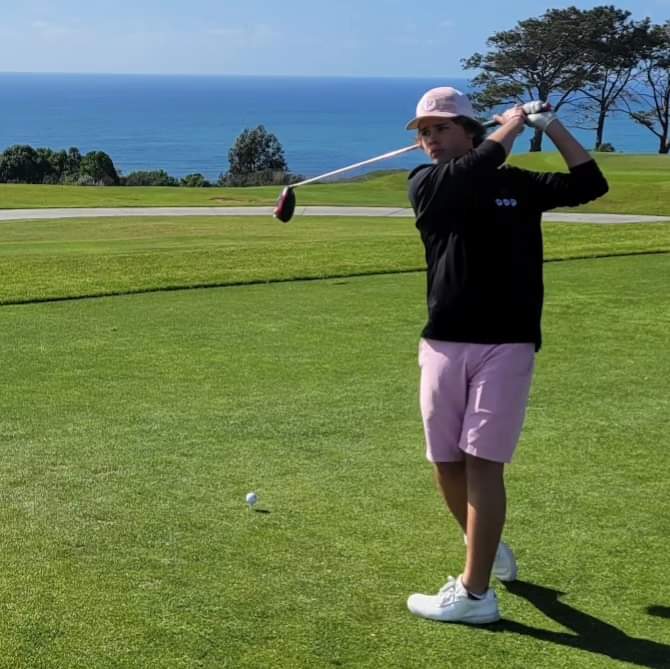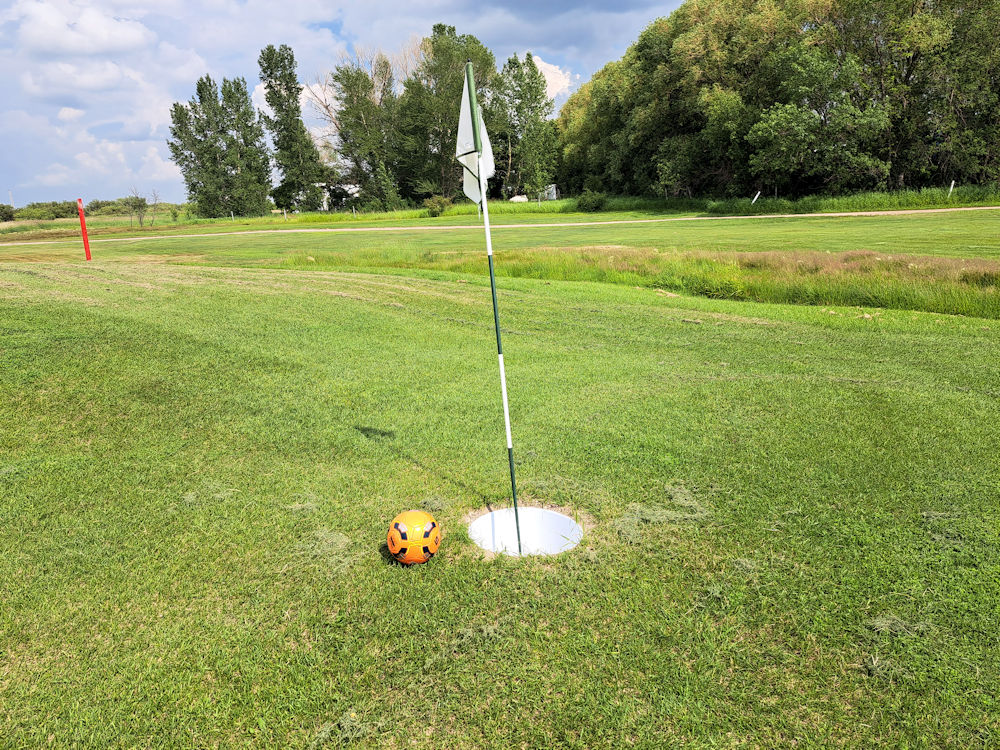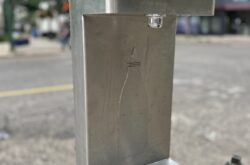VOLLEYBALL- HOW TO HIT HARDER
1.Improve spiking power by focusing on the scapula
You've probably heard the expression, "It would be like trying to shoot a cannon out of a canoe."
To hit volleyball really hard, you need to have a strong base. The base for "shoulder joint strength" is the scapula stabilizers.
Many athletes make the mistake of focusing solely on improving strength of rotator cuff muscles.
Improving rotator cuff strength can help, but the base for shoulder joint function is the scapula.
A strong rotator cuff with weak scapula stabilizers is like trying to, "shoot a cannon from a canoe".
Exercises that work the scapula stabilizers might appear nonfunctional, but it's these areas are critical to long-term health of the shoulder joint.

The bottom line is that a stable shoulder complex will make for a healthy shoulder complex.
When working out at the gym it is very important to always get your scapula in a set position of “back and down”. This is a motor pattern that you should also practice in daily life. It will then become a habit. It is involved in good posture and as such you must stand as tall as possible with shoulders back and neck long. As a tall girl, it will often mean that you will be taller than some boys in school. As a good female volleyball player, who cares if you are taller than a boy!!
2. Train Movement, Not Muscles
When you approach to hit a volleyball, it's important that you have the right muscles firing at the right times.

Core activation exercises and other movement exercises can help improve "energy leaks".
An energy leak occurs when all the energy to perform a certain movement doesn't go specifically into that movement.
Think of all the muscles and joints in your body working together as a "chain" of muscles and joints. The big picture goal is for the body to be trained as a single unit. You want the movement of your muscles to be efficient.
Just think about when you take an approach to hit a volleyball. As you take your steps and plant to jump, energy is transferred from the ground up.
You apply force with the feet against the ground extending your hips, knees, and ankles. This is a multi-joint movement where efficiency is key to maximum jumping and hitting power.
It's no coincidence that great leapers can bang the ball really hard. They have a great ability to transfer energy from a powerful approach to a powerful spike.
Also, muscular balance is important for the chain to work efficiently. For example, pushing exercises work the front side of your body. Pulling exercises work the back side of your body. If you were to workout for months or years using solely pushing movements without any pulling movements, you'll likely create muscular imbalances between the opposing muscle groups. This often can be the cause of repetitive strain-type injuries such as rotator cuff tendinitis.
During your workout, when you do 20 crunches, are you also doing 20 back extensions to counterbalance?
Many athletes make the mistake of going to the gym and only doing pushing type movements (bench press, overhead presses, etc). Be sure to include pulling movements such as rows and deadlifts to keep your training balanced.
A balanced strength program will help keep your movement efficient which has a big impact on how hard you can spike a volleyball.
3. Explosive Exercises for Spiking
Here are 2 explosive exercises for volleyball hitting power…
A. Two hand medicine ball overhead slam
B. One hand medicine ball overhead slam
The one hand overhead slam is basically the same except you perform a slower, more controlled movement. There isn't any jumping like the two hand slam. With the one hand slam, you just bring the medicine ball around and throw it into the ground. You've likely seen many volleyball players warm up by throwing volleyballs into the ground in the same manner.
4. Contact Training
Being a strong, powerful efficient athlete is useless if you haven’t developed skills for spiking.
To hit the ball hard, it’s important to develop a good solid contact with the ball that allows you to transfer your body weight through the ball. You can only transfer your body weight through by having superior core strength in abdominals, hips and back muscles.
To practice the contact you should take all opportunities when using wall hits as a way to focus on contacting the ball high with your arm extended. Hit the ball with topspin down and focus on getting your elbow as straight up as possible before spiking. Concentrate on elbow up and elbow to wrist contact.
Think Elbow up and straight…elbow to wrist.
5. Learn good spike approach footwork
The next step is to learn a spike approach. You don't want to start taking an approach and hit any volleyballs yet. First, focus on the right steps and upper body movement.
Good technique for approaching gets you in the best position for attacking the ball. The better your approach is, the harder you can potentially hit the ball.
As such, simply repetitively practicing your approach in front of a mirror and pretend to spike can help develop the motor pattern. Focus on being up high with arm long and staying solidly on center both on take-off and on land.
Being centered on landing is what helps protect knees and ankles.
6. Speed
Ultimately it is most important develop speed. This is called plyometrics. However it is important to prepare all tendons for plyometrics or you can develop a tendinitis. This means that the plyometrics should be saved for a few months down the road.






 24
24










